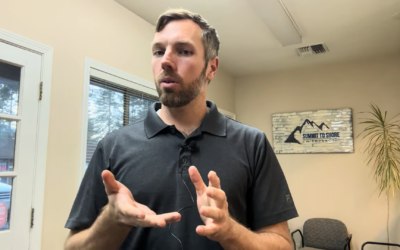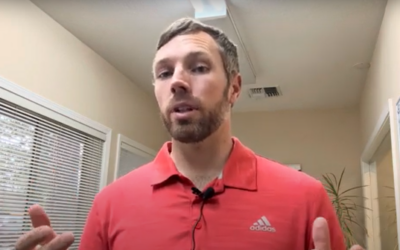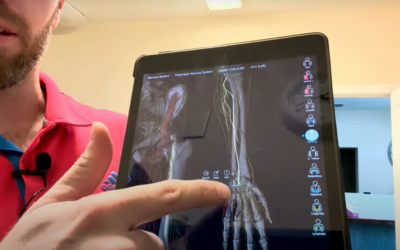This time we will go over some shoulder complaints and different diagnoses that could occur. There are a lot of misconceptions about how the shoulder works or the injuries that could occur. For example, you may meet someone that says that have a rotator cuff tear.
What is the rotator cuff? It is composed of four muscles around the shoulder blade or scapula. If you are curious, they are the teres minor, infraspinatus, supraspinatus, and subscapularis. A rotator cuff injury could occur to any one of those muscles. The supraspinatus is the most commonly injured one of these muscles. It is on the top of the shoulder blade and attaches into the arm or humerus. Chronic overuse is the most common type of injury to this muscle. Obviously, a fall or something where you land on your outstretched hand could also do this as well. What typically happens is that muscle goes under a bone between the humerus and the scapula, arm, and shoulder blade, and it can cause excess friction over and over again until inflammation, then pain, and then potential tear can occur. A lot of the time, this shoulder injury can start out as an impingement syndrome. This is where that muscle becomes pinched in that area described and then becomes painful and can make it hard to move.
Does the rotator cuff tear into pieces? This absolutely can happen, but in most cases, it is as simple as a strained muscle with some potential fraying in the muscle. I mention this because if there is not a complete tear where the muscle rips apart and there is a gap, conservative care is a great option to improve those symptoms. Being able to change the way that you move and strengthen the shoulder to support itself in that new position will allow the muscle to heal and move in a more healthy and normal way.
Another common concern with shoulders is that they can take a long time to heal. There are a lot of things moving around in the shoulder and you may feel pain in different areas as it heals because you are moving differently. It probably took weeks, months, or even years to get to this point, so don’t get down on yourself when it can take weeks to get better. Changing pain while it heals is not abnormal and should be addressed, but not too concerning. We want you to move differently after shoulder injury and that different movements can make other things better or worse. This can allow us to work around the injury and change where the main load is as it heals and gets stronger.
Hopefully this helps you understand these common misconceptions about the shoulder and rotator cuff injuries. Also, conservative care, like the treatment we offer here at Summit to Shore Chiropractic, has been shown to be extremely effective at addressing these concerns. Shoulder surgery is not always a great option and has been shown that 60% of the time conservative care improves symptoms for rotator cuff injuries. Don’t forget to try and address these conditions conservatively first because the worst-case scenario is that you don’t get better with chiropractic and physical therapy, but it better prepares you for surgery and your surgical outcomes will be better as well.
You can get more details from the Mayo clinic here
Feel free to ask any more questions you may have and see you soon.
Tahoe’s Premiere Sports Chiropractor
Follow us on
Facebook https://www.facebook.com/summittoshore/
Instagram https://www.instagram.com/summittoshore/





